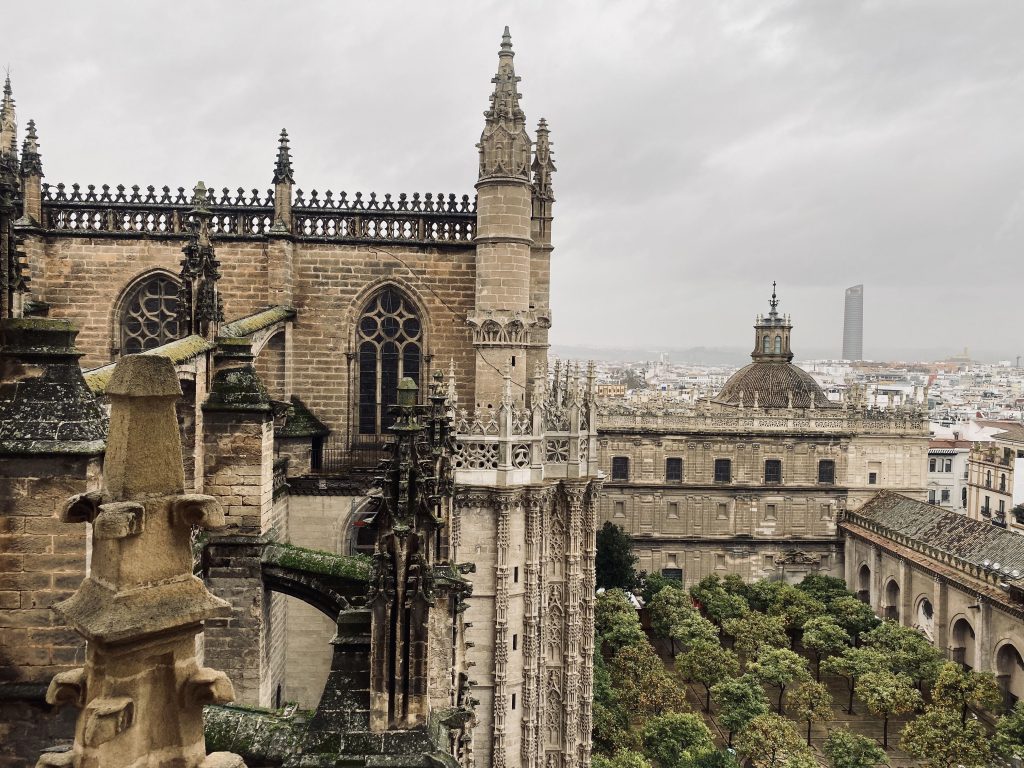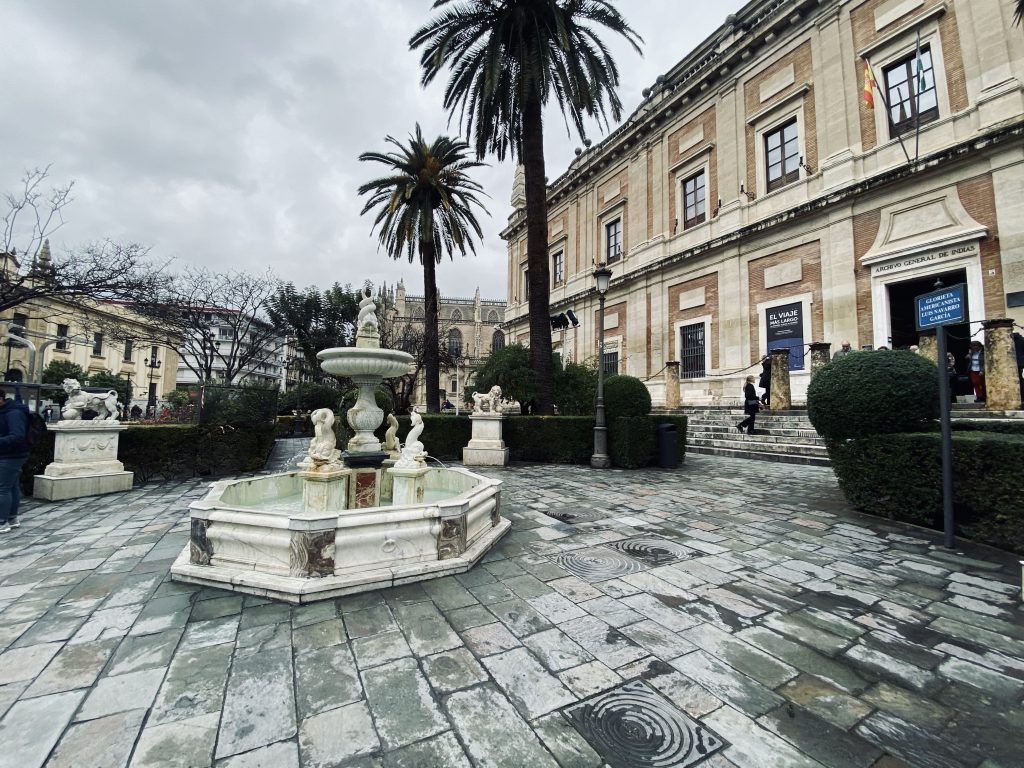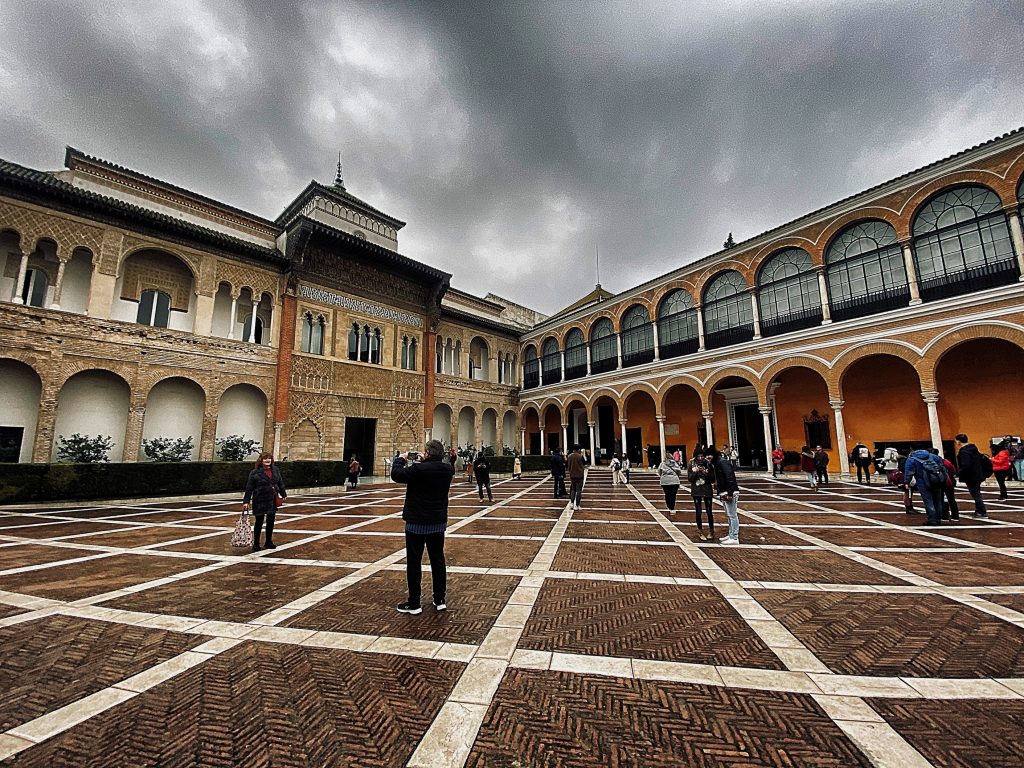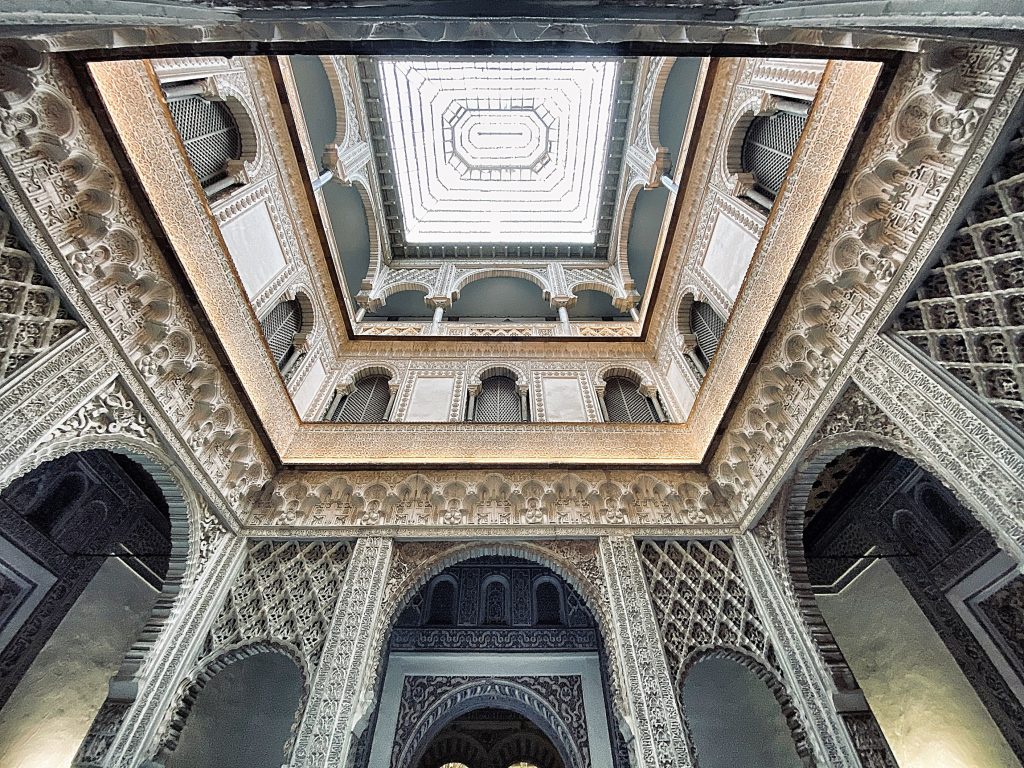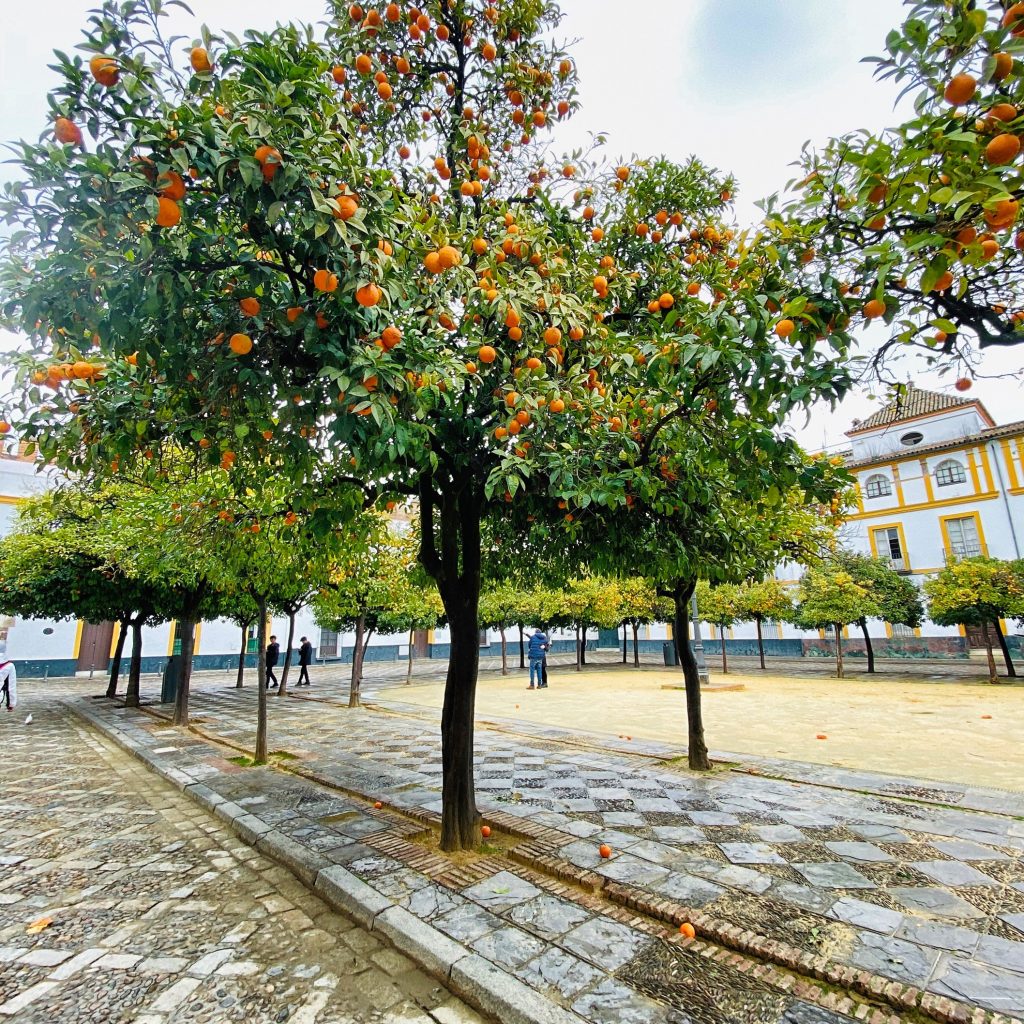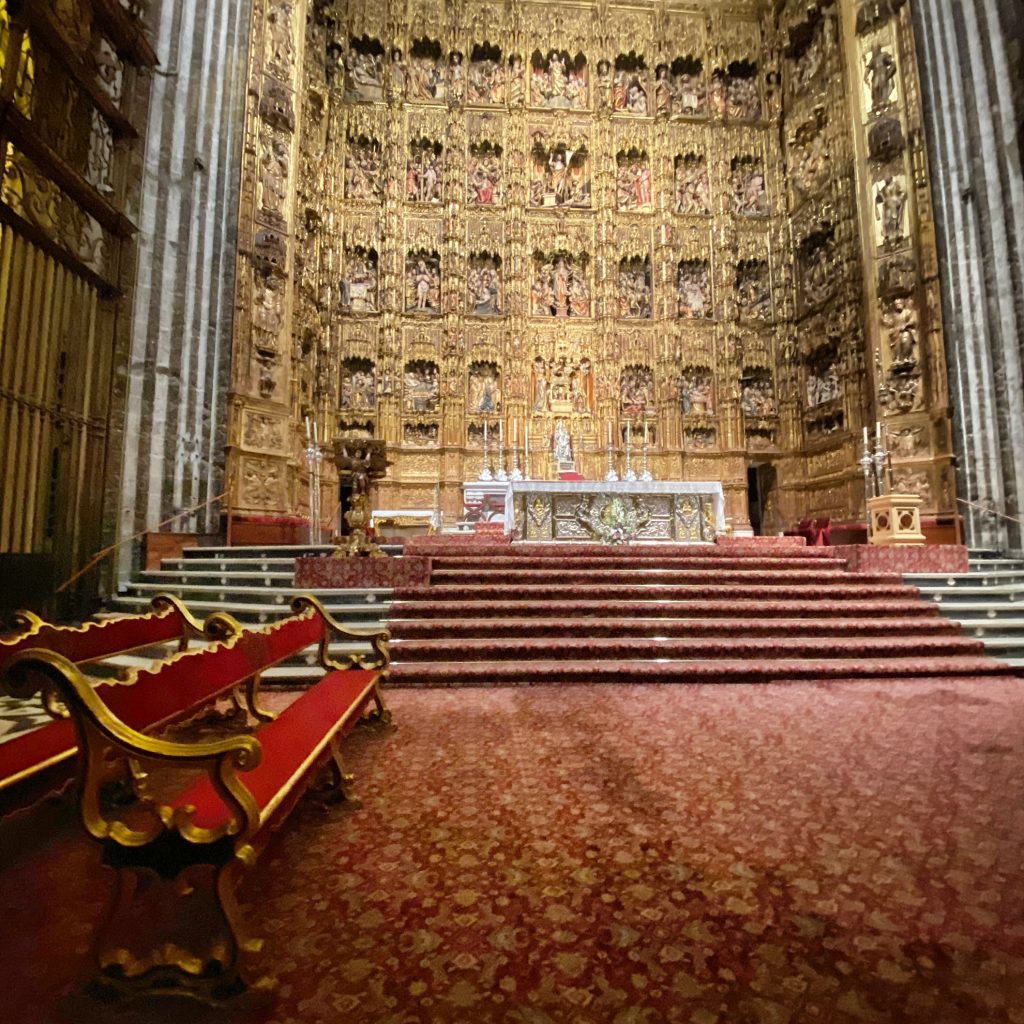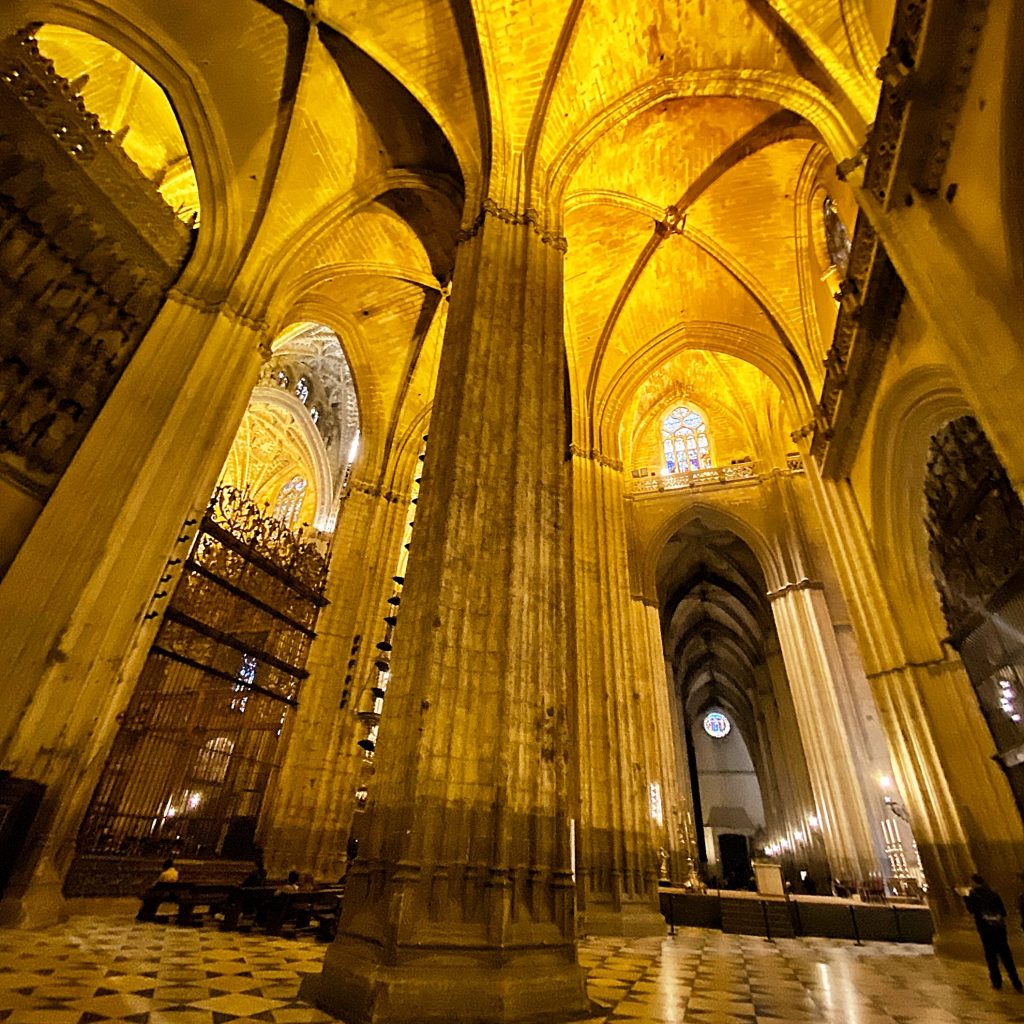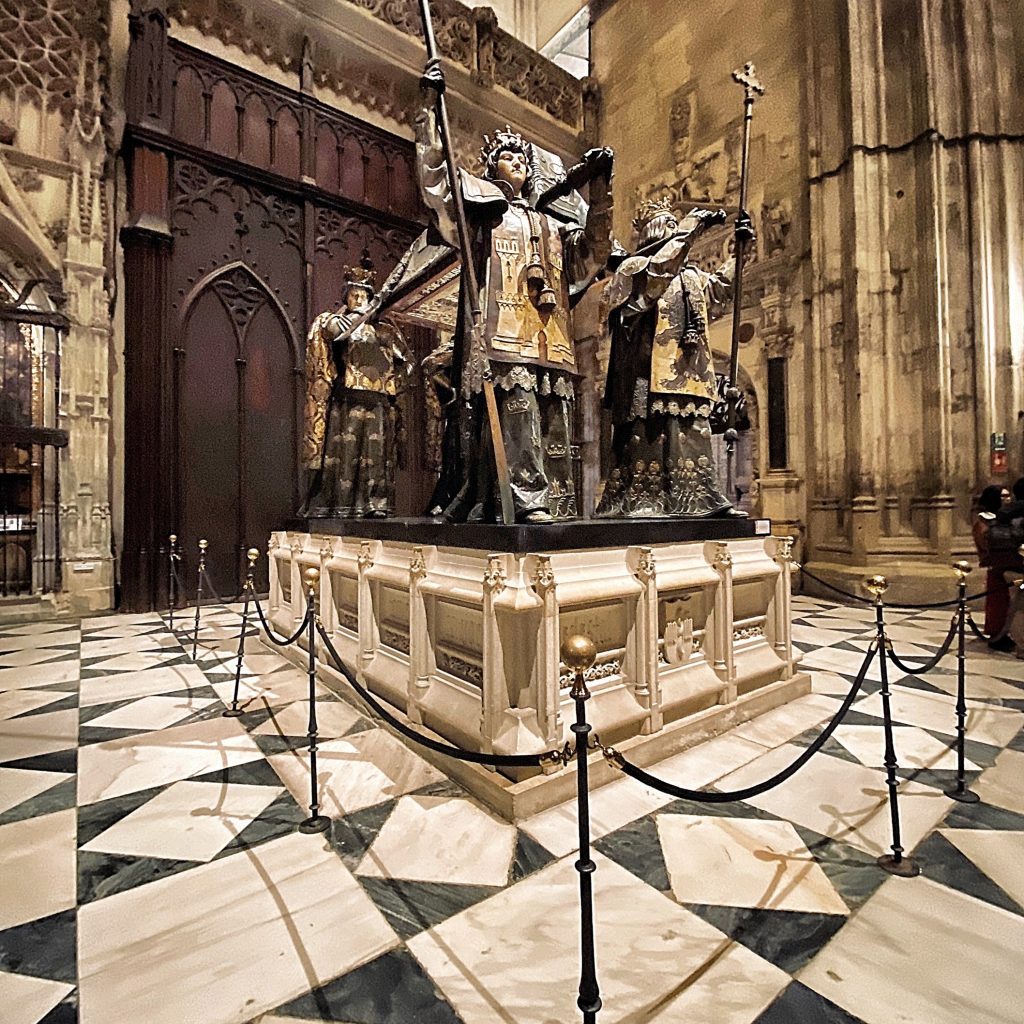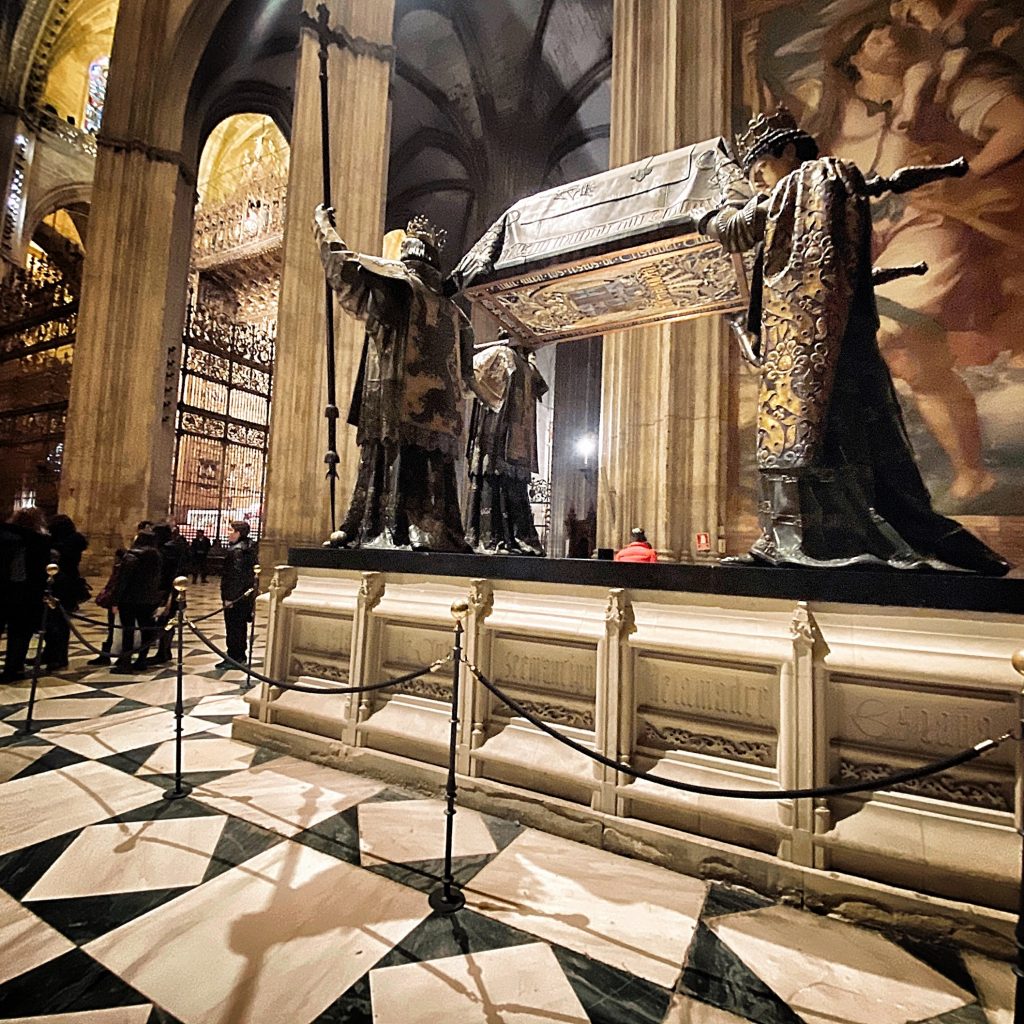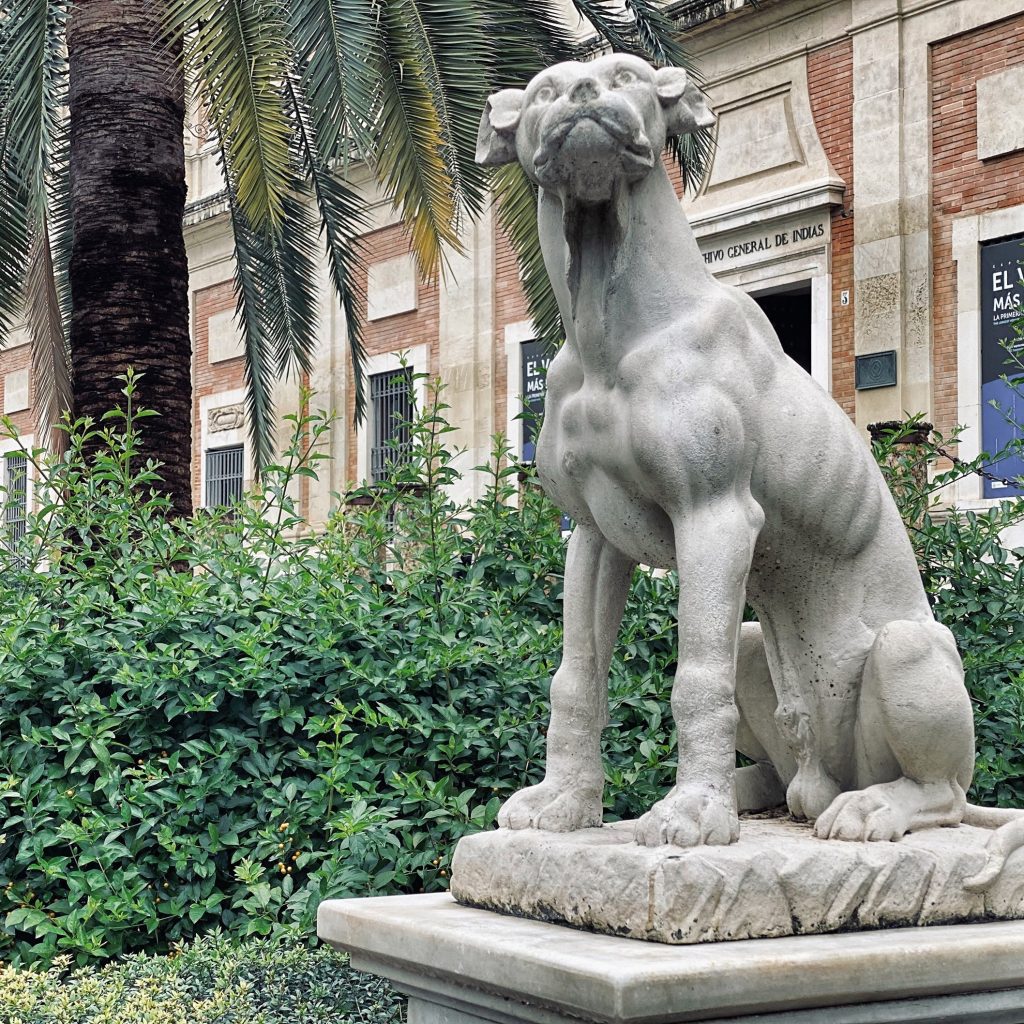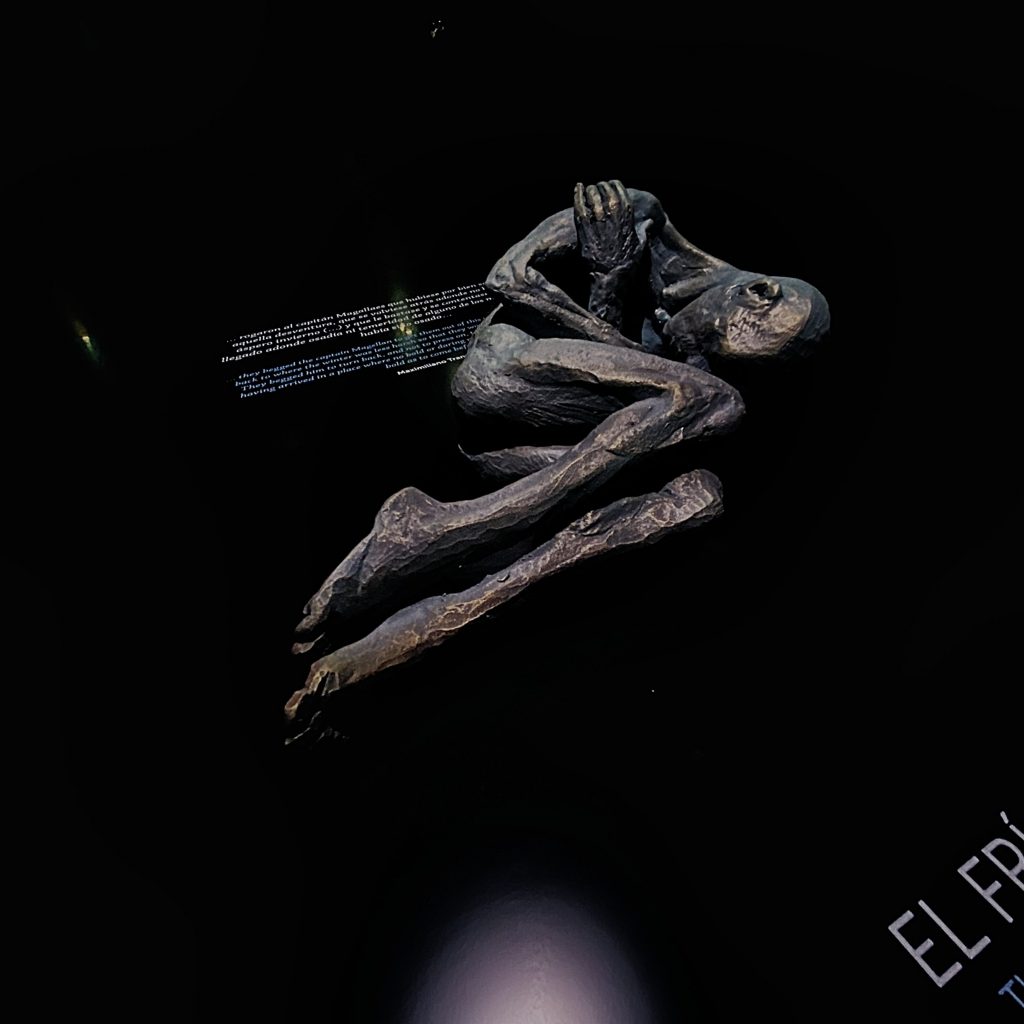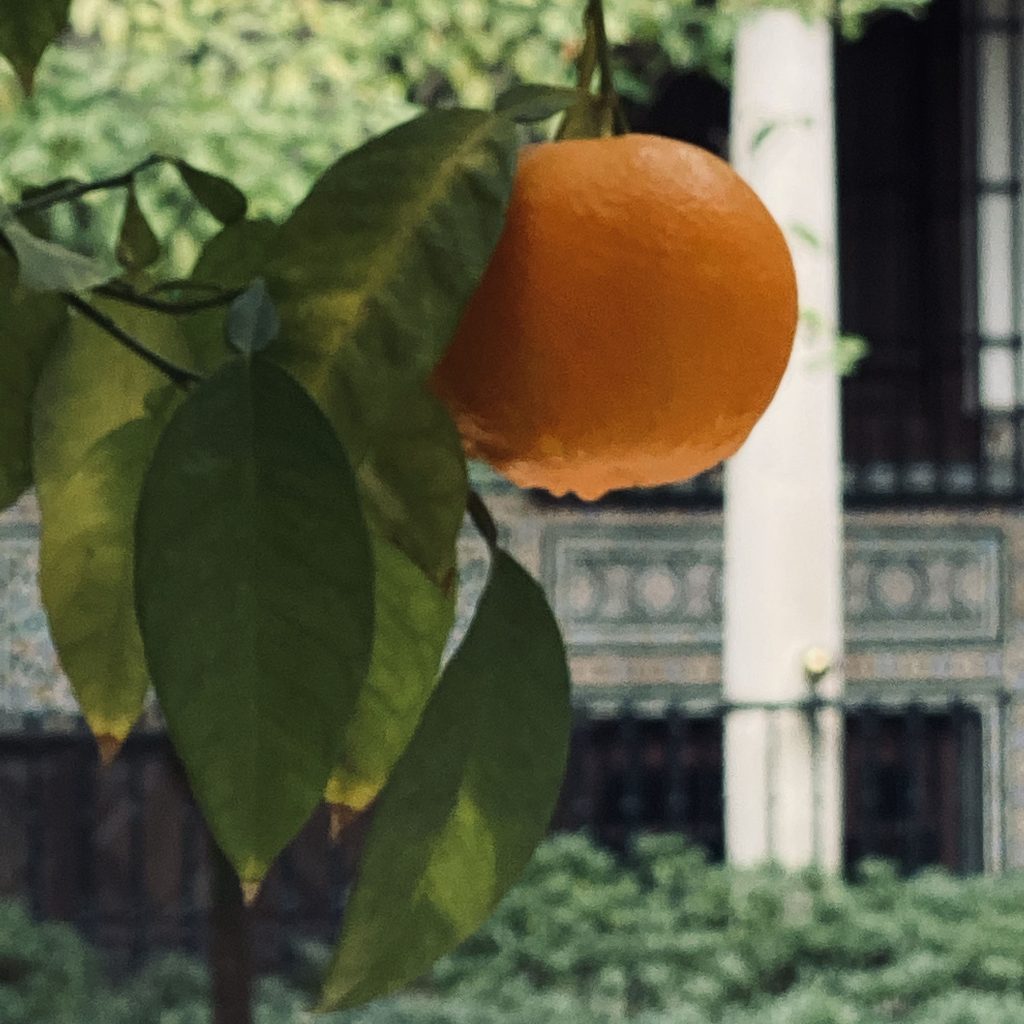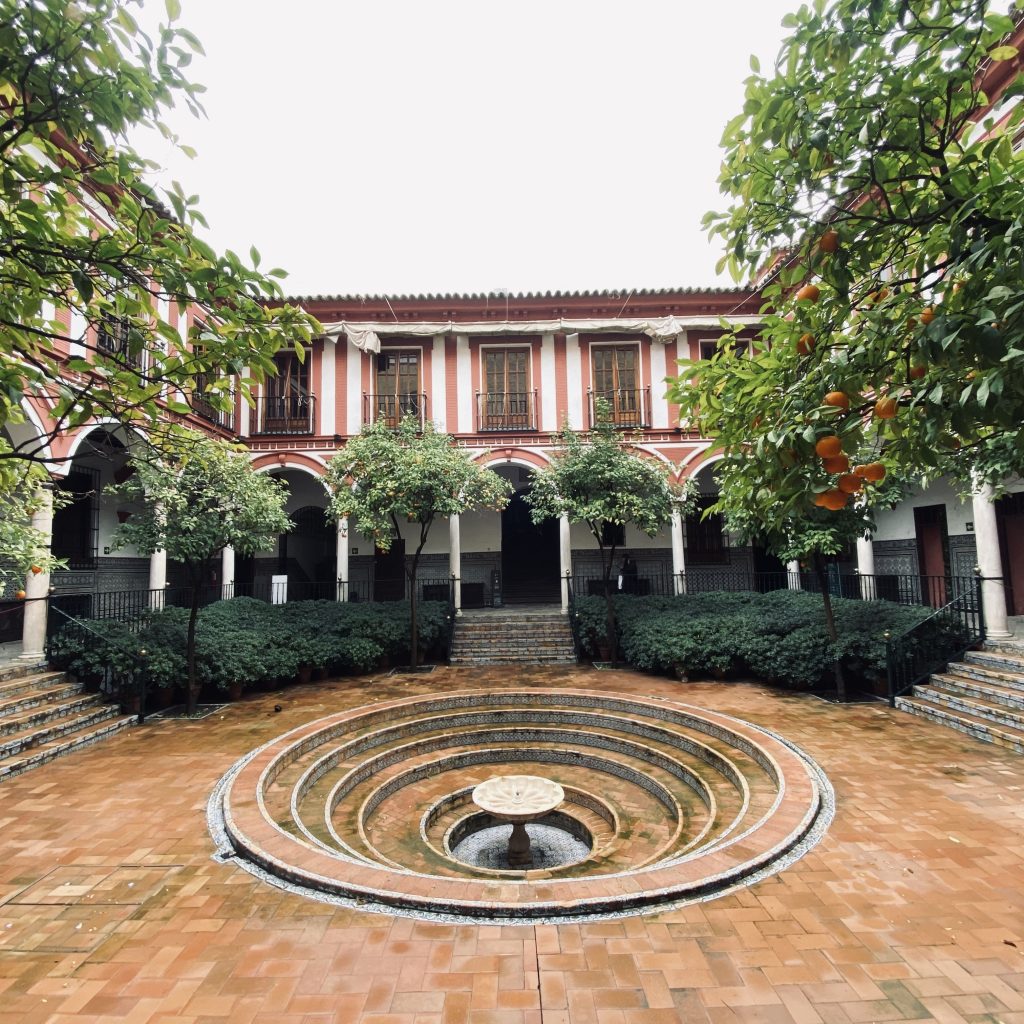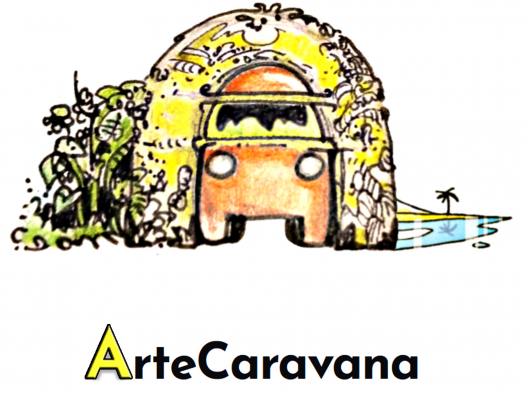
Leather handicraft straight from the workshop on four wheels
Wandering through Iberian lands
A one-day trip to the capital of Andalusia – Seville part I – Triumphal Square and Santa Cruz Jewish Quarter
28/10/2020 4:56 PM
Andalusia, guide, monuments, sightseeing, spain, travelling, travels .
Seville will surely surprise many of you, it is a city with the status of a double capital - not only the province of the same name, but also the entire Autonomous Community of Andalusia (the second largest autonomous community in Spain after Castilla y Leon). It is the fourth largest city in Spain after Madrid, Barcelona and Valencia. It is not located on the coast but on the river bank of Guadalquivir, if we wanted to sail to the ocean we would have to cover 90 km.
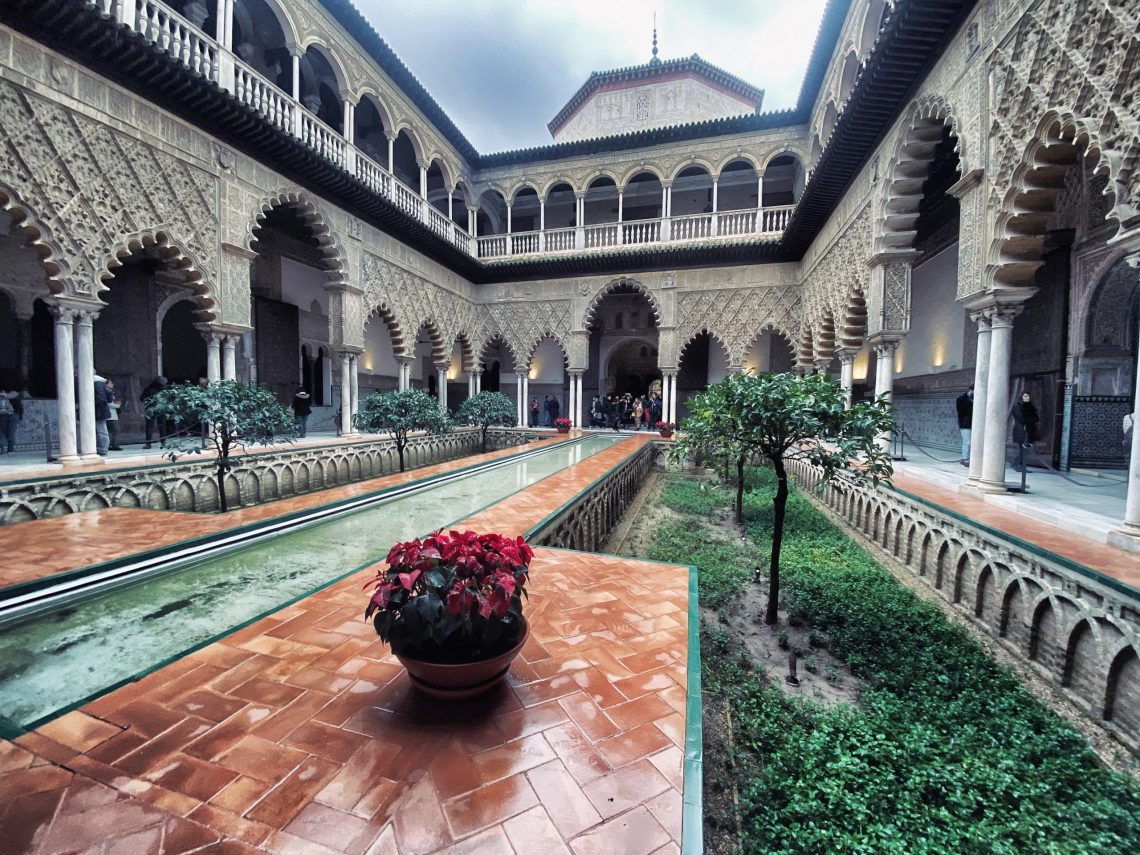
We wrote about the history of Seville recently , so it is time for the long-promised entry about what is worth seeing in this beautiful city and how to organize a one-day trip around the capital of all Andalusia.
Seville has a beautiful history and surprises with ubiquitous Arab influences, the scent of oranges with which the main avenues, parks and streets of the city are planted, and the unique atmosphere that makes us want to return. If you have only one day at your disposal, we have prepared a "Seville in a nutshell" for you, a route that will allow you to see the most important and famous monuments of the city. However, if you have more time, remember that even one week may not be enough. We divided the article into parts, otherwise it would be way too long!
We will start the day on the Triumphal Square, where you will find three monuments inscribed on the UNESCO World Heritage List - the General Archive of the Indies, the Alcazar (Royal Palace) and the Seville Cathedral. We recommend that you start your tour there, booking tickets online in advance.
Alcazar - the Royal Palace
Built in Arab times, some fragments of the walls come from the turn of the 10th and 11th centuries. Each subsequent ruler who lived in it modified it according to his own taste. To this day, part of the castle is reserved for the king (on the first floor), who not only can but is obliged to stay there when he comes to Seville. Since 2016, Philip VI has been the king, but in Alcazar he has not yet slept because he has never stayed in the city overnight. Visiting the facility will take a minimum of 1.5 hours, we will book tickets at https://realalcazarsevilla.sacatuentrada.es/ and a standard ticket will cost us EUR 12.5. It is worth looking at the current promotions because there are sometimes designated days or hours when we can enter for free. Unfortunately, the gardens are closed in winter, so it is worth planning your visit for late spring or summer. The palace gardens served as the gardens of the kingdom of Dorne in the TV series Game of Thrones, so it would be a shame to miss them. It is the heart of historic Seville.
Seville Cathedral
It is a building that we will definitely devote a separate article to in the future. Today in brief, what is worth paying attention to. Seville Cathedral is the largest Gothic cathedral in the world. It was built in the years 1402–1506 on the site of a mosque, after which a minaret remained, later a belfry was added. The tower is called Girlada and is the jewel of the entire Cathedral. Up to the height of 80m, you can climb using the ramps inside - there is no elevator or stairs, because in the days when it was still a minaret, people used to ride up on their horses to announce the time for prayer. Inside the cathedral, there is one more remnant of a former mosque, the Orange Patio or Patio de los Naranjos. Inside don’t forget to visit Capilla Mayor and Capilla Real, a choir and Columbus tomb. In the cathedral souvenir shop, we can buy a newspaper which describes all the chapels and pieces of art inside (and today the cathedral is more an art gallery than a church). It costs 1.5EUR and you will find all the information in it, it will be a perfect replacement for any guidebook.
The main altar, the largest in the world, is 28 meters high and almost 18 meters wide. There are 45 scenes with about 1000 figurines depicting scenes from the life of Jesus from birth to death. It is gilded with 2.5 tons of gold - imported from America. Masses are not held here and once only the king, the royal family and his entourage could see this altar. Of the 150,000 people who lived in Sevilla in the 15th century, only 116 could see the altar. Hence the saying - I'm going to listen to the mass, not attend it. The first descendant of a king may marry in this church, unless he resigns, the privilege passes to the next one. Most recently, Princess Elena was married here in 1995, the daughter of Juan Carlos of Jaime de Marichalar y Sáénz de Tejada (now divorced) and the sister of the present King of Spain Felipe VI.
Next to the main altar, there is a sarcophagus of Christopher Columbus with exactly 147 g of the great explorer. It is also worth paying attention to the chapel of St. Anthony where we can see a painting by Murillo (a painter born in Seville) "Vision of St. Anthony (1656) ", which boasts a turbulent history - it was almost stolen by Napoleon, but the cathedral got along and instead gave another Murillo's painting -" The Virgin Birth "(now in Louvre). In 1874 St. Anthony got cut out from the painting, but was accidentally found in New York and returned (you can see the picture of the painting below, last on the right, behind the font).
Columbus' younger son, Hernando Colón or Fernando Colón, is also buried in the Cathedral. In the Small Sacristy we will see a painting by Goya showing the two patrons of the city: St. Justa and St. Rufina, in the Large Sacristy, other works of Murillo. In June 2019, 33-year-old Sergio Ramos, the star of Real Madrid, married 41-year-old Pilar Rubio in the cathedral. The newlyweds were accompanied not only by their three sons: Alejandro, Sergio and Marco, but also about 500 invited guests! Among them were Ramos's former and current teammates from the pitch, including: David Beckham, Roberto Carlos, Luca Modric and Alvaro Morata. As a surprise for Pilar and Sergio, played the legendary rock band AC / DC
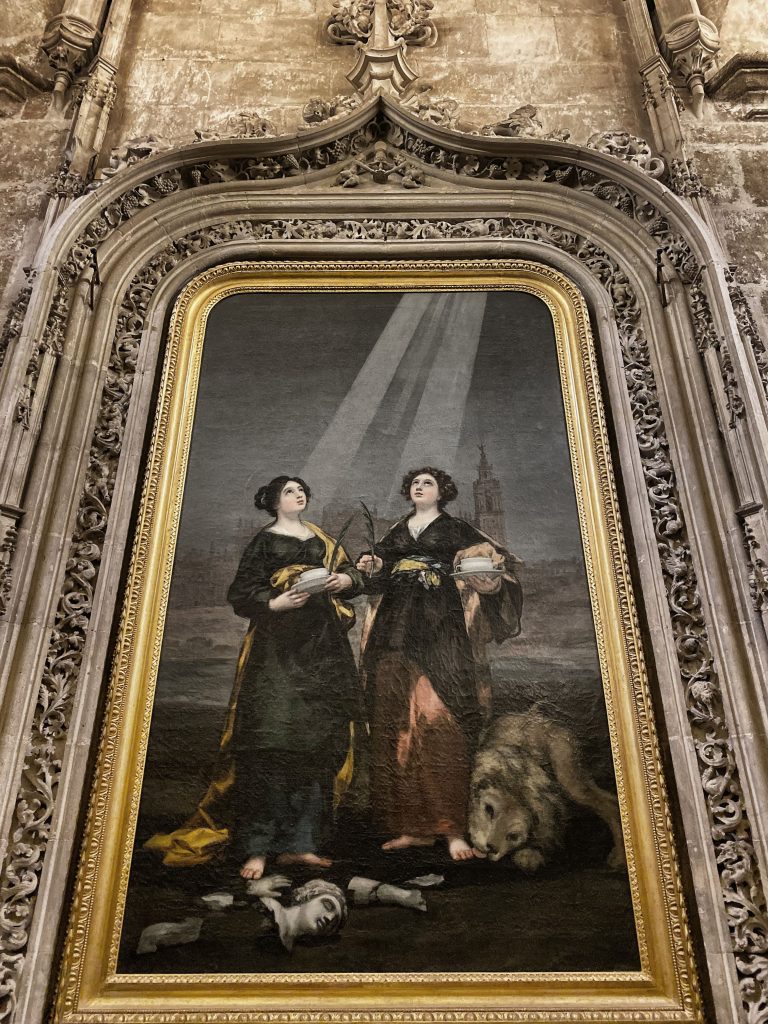
General Archive of the Indies
On the Triumphal Square you will also find General Archive of the Indies, founded by the Catholic kings, which made Seville the center of the Spanish Empire. Apparently, there are 9 km of shelves inside. In the library there are, among others, the memoirs of Christopher Columbus and any evidence that the colony did exist and that they belonged to Spain or Portugal. When it was built, it had a very important function - everyone going to the New World and returning from it had to report to the Contract House in order to report on the expedition and inform about all goods taken away and brought. After silting up the Guadalquivir River, it was moved to Cadiz. Admission is free. Remember that they close quite early (opening hours: 8:00 am - 3:00 pm in autumn and winter, and until 2:30 pm from June to September; exhibitions are open Monday to Saturday from 9:30 am to 5:00 pm and on Sundays from 10:00 - 14:00). Currently, you can see an extremely interesting exhibition on Magellan's trip around the world. You can't miss it!
Jewish Quarter
Visiting these three buildings on Triumphal Square will take us about six hours, unless we are in a hurry the maybe we can do it in four. Therefore, if you only have one day, get up early and make yourself a sandwich as you may not have enough time for lunch in a restaurant. After the Triumphal Square, I suggest going towards the Santa Cruz district, the former Jewish district, full of very narrow streets. There is the baroque Hospital de los Venerables Sacerdotes (Hospital for the Elderly Priests - hospice). It was established in the 17th century to provide a roof over the heads of clergymen who, due to their age, were no longer able to perform the priestly ministry. Inside the building there is a spacious patio with arcades and a fountain situated in its central point. Currently there is the center of Velazquez - painting museum - admission approx 10 EUR, but unfortunately they close at 2pm.
We will walk along Reinoso street, colloquially known as the Street of kisses - de los besos - it is so narrow (the narrowest street in the city) that you can kiss your neighbor through the balcony. Later we will pass by the birthplace of Bartolomé Esteban Murillo, a Baroque painter born in Seville, and finally we will come to the Plaza de Santa Cruz or the square of the holy cross. There used to be the largest synagogue there, later the Catholic church was destroyed by Napoleon in 1812 and a cast-iron cross was erected in its memory. Now there is a French consulate in the square. Esteban Murillo was buried in the church, but at present it is not known exactly where his body lies.
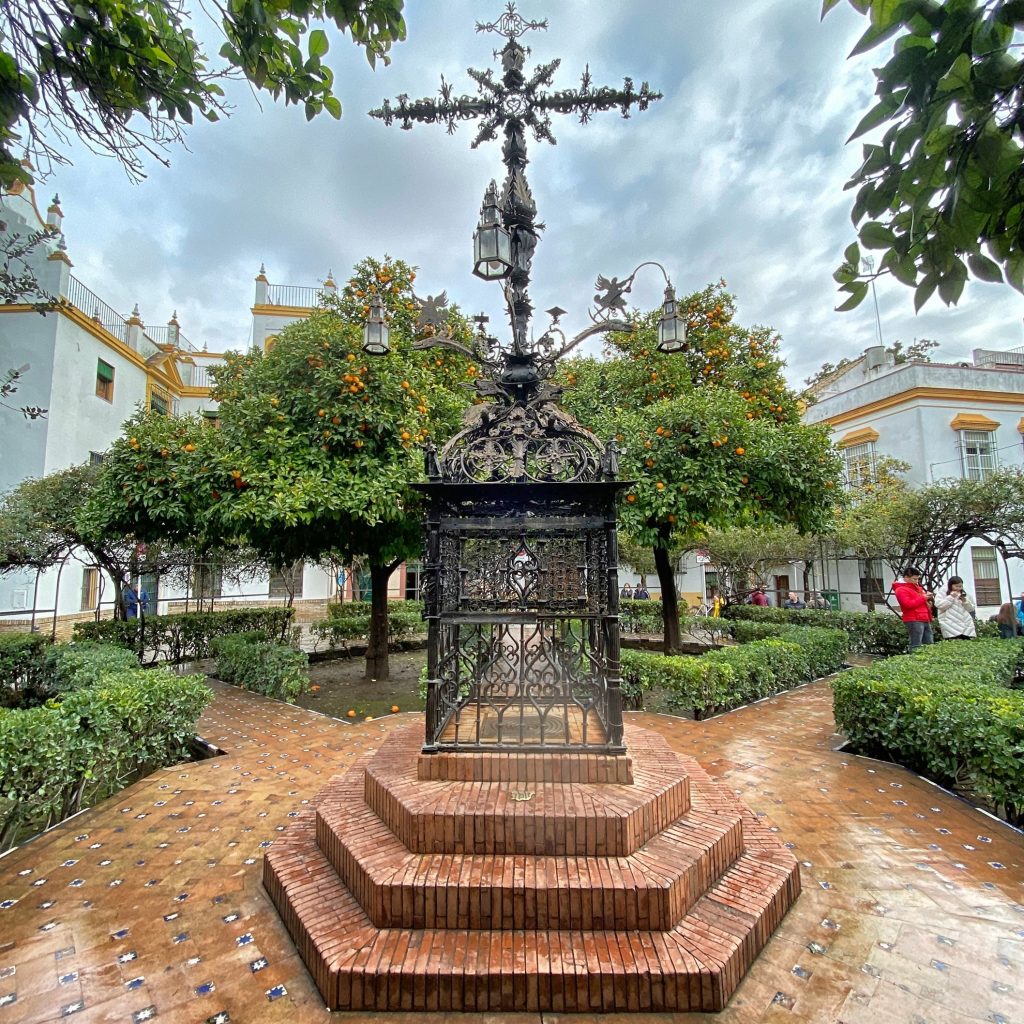
With this nice accent, we will end today's part of the tour, and soon we will invite you for the rest of the walk and we will go to the Spanish Square, the American Square and the Torre del Oro, as well as suggest where to eat a brave bull stew or go to a flamenco concert in the evening.

